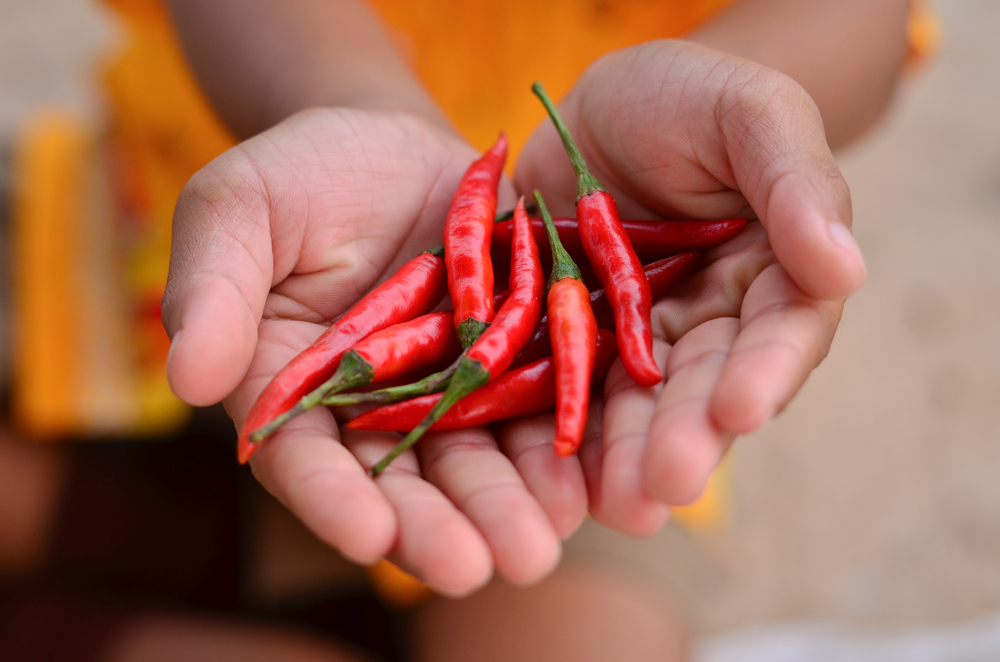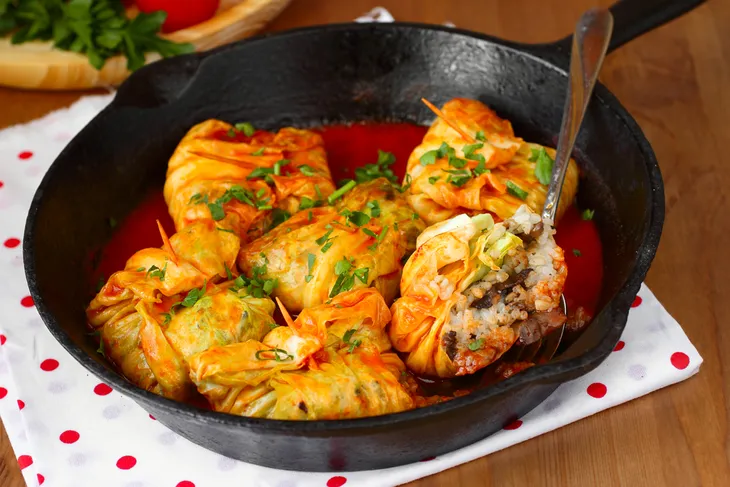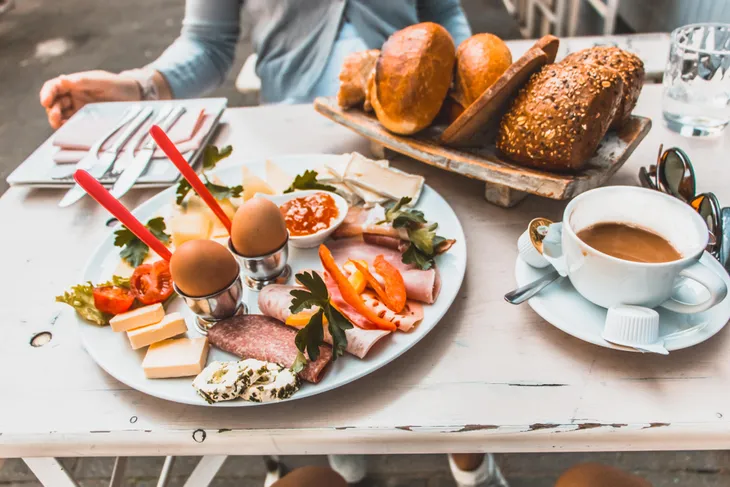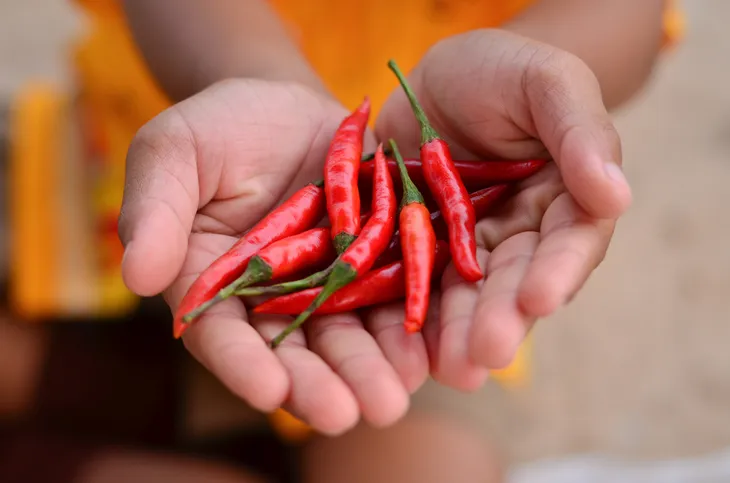Whether it’s sipping tea to shed unwanted pounds in South Africa or sprinkling spices on curries to blast fat in Malaysia—let’s take a look at 7 much-utilized weight loss tips shared by folks from around the world.
Bike Don’t Drive in the Netherlands
If you ask the average Dutch man or woman how they commune to work in almost any city or town in the Netherlands—they’ll tell you that they don’t drive, they cycle. Biking is also the preferred way to do errands and get to social engagements close to home, which explains why the Netherlands is made up of more bicycles (18 million) than residents (16.5-million), according to the Netherlands Board of Tourism and Conventions (NBTC).
The political and current affairs magazine, Times of India, also claims the typically Dutch resident cycles an average of 541-miles annually—which goes to show you why the Netherlands is full of fit and active individuals. The country even encourages cycling by synching traffic lights in Amsterdam to cycling speed.
The Polish Prefer to Dine at Home
According to a 2013 Forbes study, the average American spends roughly $936 annually eating lunches (yes, that’s just lunches) at restaurants each year. The data, taken directly from the Visa bills of 1,003 U.S. adults, reported that the average American lunch costs between $14 and $21 dollars per pop.
If you ask a typical Polish business man or woman, they’d tell you that eating out regularly is not only a drastic waste of money, but also vastly unhealthy, and linked to weight gain. That explains why the average Polish adult only spends about 5-percent of their yearly budgets on dining out.
South Africans Sip Rooibos to Stay Slim
Data from the International & American Associations of Clinical Nutritionists clearly links tea-brewing and sipping cultures to decreased rates of obesity. The reason being that often times when we feel hunger pangs—we’re actually dehydrated.
Catechins, a type of flavonoid found in certain types of tea—particularly rooibos and green brews—have long been linked to weight loss and reduced risk of cancer. Plus, if you choose, like the South Africans, to sip this naturally sweet brew, you likely won’t have to add sugar or sweetener.
Breakfast to Start the Day in Germany
Dr. Arya Sharma, the Scientific Director of the Canadian Obesity Network, says she could make a big dent in North American obesity epidemic, if she could get everyone to start eating breakfast! Dr. Sharma points out that missing breakfast prompts binge eating of high-calorie and high-fat foods later in the day because it triggers the brain’s reward center, which causes us to indulge.
Apparently this is why the people of Germany stay so fit—a reported 75-percent of the country’s population makes time for breakfast each morning, every day. That’s a lot when you consider the Health.com study that claims only 44-percent of Americans eat breakfast.
Add a Dash of Spice in Thailand
If you enjoy Thai food, you likely love the rewarding burn of red chilies in your Tom Yum soup. According to research from the American Society for Nutrition, hot peppers contain capsaicin, which are linked to boosting metabolism and reducing the speed of eating.
A supporting study from the University of California, Los Angeles, tested dihydrocapsiate or DCT, a compound related to capsaicin in hot peppers, on weight loss attempts, and found that DCT was able to increase body temperature for more efficient calorie-burning and fat-burning.
Malaysians Fight Fat with Turmeric
Turmeric is a pungent spice (related to the ginger family) that lends a bright yellow hue to curries. With origins in Malaysia, the country’s inhabitants have long-utilized turmeric as a powerful fat blaster.
The spice contains a fat-fighting substance known as curcumin, which helps to destroy new fat-tissue as it grows. A research study from Tufts University, in Massachusetts, served a high-fat diet to mice and found when small amounts of curcumin were added to food, mice gained significantly less weight compared to mice fed food containing no curcumin.
Brazilians Ward Off Weight with Rice and Beans
It’s true that many Brazilians spend time dancing and strutting their bodacious bods on the beach and at Carnival. However, the secret behind their gorgeous physiques can be traced back to the kitchen—where the typical side dish with every meal is rice and beans.
In fact, research featured in the journal of Obesity Research, linked diets rich in rice and beans with a 14-percent decrease in rates of obesity. The research study suggests this is due to the dishes high fiber, low fat, blood-stabilizing health benefits.










